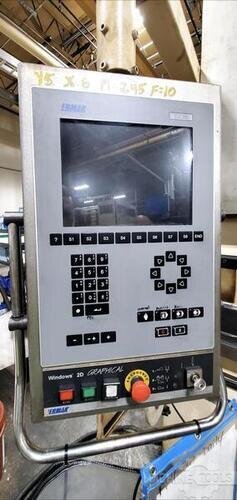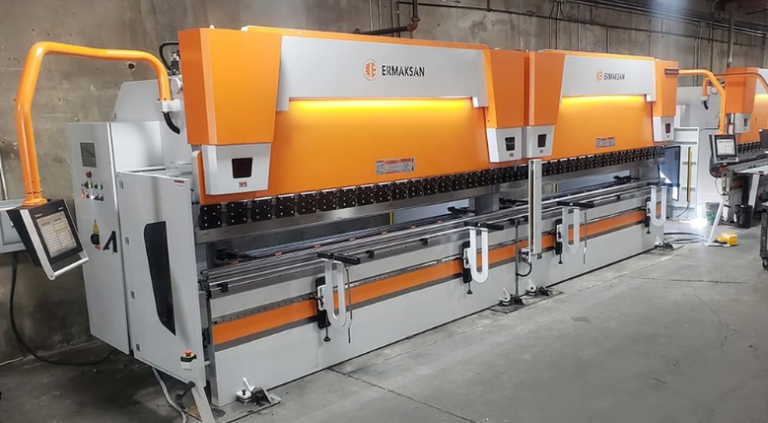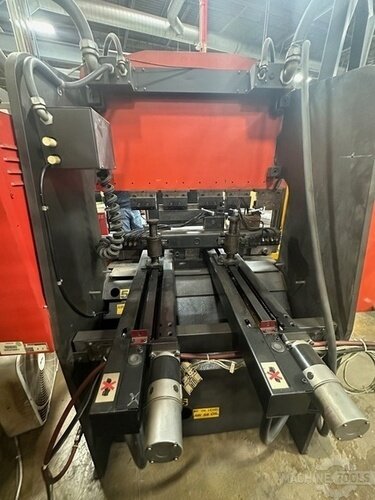I’m Dave Graf, and I’ve always believed that technology should be an enabler rather than an obstacle. Over the years as a Sales & Service Specialist at Mac-Tech, I’ve had the privilege of guiding clients through significant transitions in their metal fabrication and processing workflows. One of the biggest shifts I’ve encountered is the journey from manual to automated beam coping—a process that, when adopted effectively, can transform a fabricator’s efficiency, accuracy, and profitability.
My passion for automation stems from witnessing how it reduces repetitive tasks, improves consistency, and allows businesses to focus on higher-level objectives. I collaborate daily with customers who want to eliminate bottlenecks, optimize material flow, and cut down on costly errors. By focusing on individualized needs, I’ve seen companies achieve staggering results, with improvements that feel more like leaps than simple steps forward.
Understanding the Path to Automated Beam Coping
Switching from manual to automated beam coping is more than a technical upgrade. It’s a strategic decision that can open up new design possibilities, speed production, and improve overall part quality. In my experience, I’ve watched shops evolve beyond the limitations of manual coping techniques and into an era where every cut is precise, repeatable, and safe for operators.
Many of the people I work with initially struggle to see the bigger picture involved in choosing an automated solution. The real game-changer is not just about faster cutting; it’s about integrating software, robotics, and streamlined workflows that elevate the entire production cycle. My role is to show them how that upgrade can directly impact output volume, reduce errors, and create a healthier bottom line.
Sometimes, fear of the unknown prevents shops from moving forward. I understand how daunting it can be to trust a new system when you’ve relied on manual methods for years. By providing detailed demonstrations, sharing real-world success stories, and closely analyzing each shop’s unique environment, I help clients feel confident taking that next step.
My Consultative Approach: Empowering Collaborative Solutions
One of the core principles guiding my work is the notion that this is never a one-size-fits-all scenario. I like to start every consultation by asking questions that reveal the specific pain points and goals of a particular operation. Understanding the nuances of a facility—machine layout, staffing, types of projects—helps me recommend not just a machine, but a holistic approach.
My consultative style means sustaining a feedback loop throughout the evaluation process. I believe the best upgrades come from a partnership between the machinery expert and the shop floor team, where we learn from each other to create a tailored plan. Often, I’ll invite customers to run test cuts or simulate workflow changes to see if we’re on the right track.
In every interaction, there’s a strong focus on intuition and practicality. I’m not there to push a product; I’m there to build trust and equip people with knowledge. Whether it’s clarifying the capabilities of a flat or tube laser, explaining beam line robotic coping, or discussing press brake and tube bending options, my priority is ensuring customers come out with a solution that seamlessly fits their process.
Fostering Customer Satisfaction in Beam Coping Upgrades
Nothing compares to the feeling you get when you see a customer realize the immediate benefits of new technology. Once a project shifts from idea to installation, I like to stay actively involved, ensuring that operators get the training they need and that any questions are answered promptly. This commitment has earned me a reputation for sticking around until everything works as promised.
A big part of customer satisfaction hinges on helping shops measure tangible results. Right after an automated beam coping system goes live, we track key metrics like production time, scrap rates, and operator hours to verify that the investment is paying off. Seeing those numbers improve is rewarding for everyone involved, and it validates the collaborative effort we put into the decision-making process.
Satisfaction also grows when teams have the confidence to adapt to future challenges. I try to leave every customer with a roadmap for potential expansions or upgrades, whether it’s adding complementary equipment or reconfiguring workflow. By laying out these growth avenues, clients can continue to see returns long after the initial installation.
AFD Plate Drilling Machines
Delivering Effective Automated Solutions With Care
Even though machinery is at the heart of what I do, I’ve found that personal relationships are what truly make these projects successful. I view every client interaction as a chance to hear concerns, share possibilities, and nurture long-term working relationships. It’s not about selling a one-off product; it’s about building trust through reliability and expertise.
Integrating equipment like robotic beam lines, advanced lasers, press brakes, and tube benders involves many moving pieces. I’ve developed a systematic approach that scrutinizes factors like plant layout, workflow design, and operator skill sets. By strategically mapping out each step, I can offer support that keeps the potential for error low and the potential for growth high.
My ultimate aim is to help businesses become more efficient and profitable. Automated beam coping stands out as one of those solutions that can revolutionize entire production lines, given the right care and planning. It’s incredibly gratifying to watch a shop transform from wrestling with manual processes to achieving greater throughput, improved safety, and higher quality parts.
FAQ
How long does it take to transition from manual to automated beam coping?
It varies by shop, but installation and training can often be completed within a few weeks once preparation and planning are in place.
Will automation require a significant restructuring of my floor layout?
It depends on your current setup. I typically conduct a thorough analysis of your equipment arrangement and workflow, then make recommendations to ensure the transition is as smooth as possible.
What if our team is resistant to learning new technology?
I offer hands-on training sessions and ongoing support to help operators feel comfortable with automated processes. Over time, most teams appreciate the time savings and improved safety.
Can these machines handle diverse beam sizes and thicknesses?
Yes, a robotic beam coping system is designed to accommodate a wide variety of profiles, ensuring robust output and flexible manufacturing.
Is there a way to measure quick returns on investment?
Absolutely. I guide customers to track key performance metrics such as production times, material usage, and labor hours, so they can see real improvements as soon as their systems go live.
Thank you for allowing me to share my experiences and insights. When you’re ready to explore how automated beam coping or any of our other solutions can boost efficiency and productivity at your operation, I’d be happy to discuss specific details tailored to your goals.
Get Weekly Mac-Tech News & Updates








